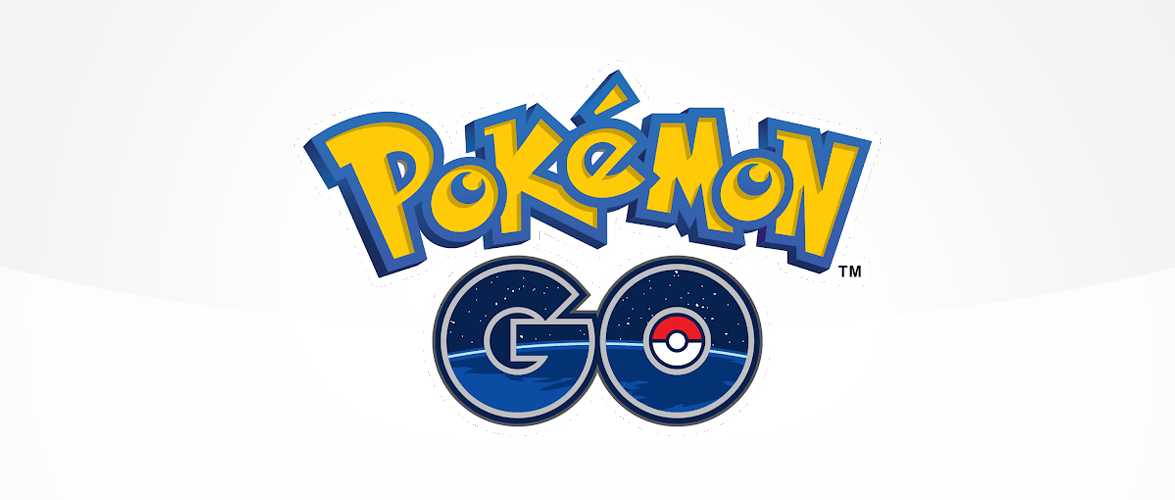What parents need to know about Pokémon Go
Pokémon Go began the augmented reality – games that enhance the everyday world with virtual elements – trend. As you look through your phone at the world, you’ll see Pokemon characters overlaid onto your surroundings.
Despite its age, Pokémon Go is still incredibly popular. Here's everything you need to know.
![]()
What is Pokémon Go?
This smartphone game, featuring the infamous 90s characters, allows users to interact with the real world using the phone’s camera and GPS capabilities in combination with augmented reality technology. It’s a collaboration between Nintendo and Niantic Labs.
Players will see a map of their current location that is superimposed with their character and all of the game elements.
As players move around, different types of Pokémon will appear, depending on where they are and what time it is.
The idea is to encourage users to travel around the real world to catch these ‘wild’ Pokémon in the game. Different types of Pokémon can be found in different types of terrain and some types are easier to find in certain geographical locations.
The game is rated 13+.
What are Pokémon gyms, Pokéstops and Raid Battles?
When a player reaches Level 5 they also have the opportunity to unleash their Pokémon on ‘gyms’. The gym is where players (known as ‘trainers’) go to teach their captured Pokémon to fight.
At Pokéstops, trainers can pick up snacks and medicine for their captives.
The ‘real life’ location of these gyms and Pokéstops is likely to be a public place of interest. This is because the game was designed around geo-location technology and looking at what people have frequently typed into mapping apps.
Raid Battles can take place when a ‘raid boss’ (a high-level Pokémon) takes over a gym and then players have to team up to take down the boss. Up to 20 trainers can join in the battle and they must be at the location of the gym to take part and have reached level 20 or above to take part.
Why is it so popular?
A huge part of the appeal of Pokémon Go is that it encourages people to get outside and keep fit. Kids are easily able to meet others who share their love of the game - as well as play with their friends - in gyms and Pokéstops.
There’s also a lot of room to progress within the levels of the game, and an increasing number of rare Pokémon available to find.
Listen to Parent Zone's podcast, Tech Shock.
What do parents need to be aware of?
In-game purchases
It’s possible to enjoy the game without making a single in-game purchase. However, players can purchase items with Pokécoins, the in-game currency of Pokémon Go.
Players use PokéCoins to buy useful items, such as Poké Balls, which are needed to catch Pokémon. There are lots of ways to earn coins within the flow of the game, but the quickest way is to spend real money with in-app purchases: 79p for 100 PokéCoins to £79.99 for 14,500 coins.
While not necessarily an issue, some children can feel a lot of pressure to spend money on gaming from either their peers or professional streamers. It can be hard for children to feel behind their friends in terms of game levels just because they haven't spent money to progress more quickly.
Outside world risks
The general lack of awareness players have for the world around them has led to accidents - running into things, falling and wandering into hazardous places.
Raid Battles do not start before 6.30 am in the morning and end by around 9pm to deter players from wandering around when parks are already closed. This is also helpful for keeping younger players safe.
There’s no built-in chat function, but the game does encourage you to interact with other players. Gamers are likely to encounter other real life people trying to get supplies from the same Pokéstop, battling at their local ‘gym’ or just wandering around in the same area. When players join raid battles, they will play with others as part of a team.
There have been reports of muggers using the app to lure victims, but be mindful that such incidents are rare.The immersive nature of the game may make some players more trusting of strangers if they are fellow gamers, but children still need to apply the same safety rules that they would use for online gaming.
Reporting functions
Niantic has a three-strike policy for those who violate their terms of service; warning, suspension and termination.
You can report a player by going to the ‘contact us’ section of the settings menu and selecting ‘Report a Player’ in the dropdown menu. You can provide details of your concern in the message box.
Spot something that doesn't look quite right? You can email librarian@parentzone.org.uk to submit comments and feedback.




 Previous Article
Previous Article 